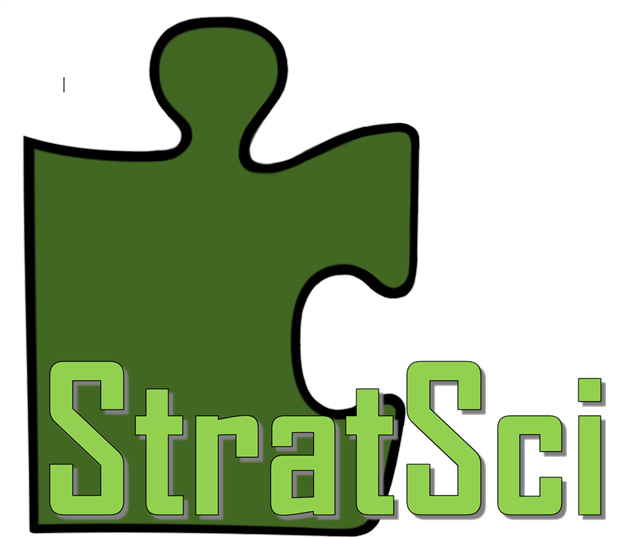A little Background.
SWOT stands for Strengths, Weaknesses, Opportunities, Threats. It’s been popular since the 1960’s as the warm up exercise for the environmental planning phase of traditional strategic planning.
What usually happens is at the beginning of strategic planning, a SWOT analysis is done to frame the strategic analysis and planning
What is wrong with SWOT?
SWOT creates the wrong framing bias because it does not actually inform or impact strategic decisions. Anything can be a strength or a weakness, and opportunity or threat – depending on the context of your strategic direction. SWOT tends to be part of the analysis paralysis culture. Intel, analysis, net assessment are all important. But businesses often spend way too much time and money on SWOT.
Studies done over the years have shown that SWOT has very little return on investment, rarely has an impact on successful strategy, so don’t invest much into it.
Strategic direction determines the context of what the relative strengths, weaknesses, opportunities and threats are. Strategy comes first, and any SWOT analysis follows organically.
For example – in the 1990’s Kodak’s biggest strength was $20 Billion a year in film revenue. It was also it’s biggest weakness that prevented Kodak from Pivoting to Digital Photography soon enough. It’s biggest threat – digital photos where also it’s the biggest opportunity as Kodak pioneered the technology in the 1970’s and 1980’s. Kodak’s SWOT’s in the 80’s and 90’s clearly said Film is our core business and we should avoid anything that would harm our core business. So instead Apple and Samsung now sell the most digital cameras – attached to smart phones. Kodak could have been the supplier of all those digital cameras inside the phones. The chose not to.
Studies have shown that many corporations spend hundreds of manhours on building hundred+ page SWOT reports that are a waste of time and money on something that doesn’t yield strategic results. Would you invest six figures in to a SWOT analysis oriented at the status quo and the structure of the business in the past? So many businesses do, with little return on that investment. They obey the ext book without validating the use case of the task.
If you spend more than 5–10 minutes on SWOT you are probably wasting your time.
The acid test for SWWOT ROI is asking the room – what strategic insights do we get from the SWOT that we didn’t have before? Roger Martin has a bet nobody will raise their hand. Because he’s asked that question for years and nobody ever raised their hand.
But you have to understand that people being people – will spend weeks or months on a SWOT as a deliverable and thick report – where it’s really just a quick check list for light testing of a strategy.
A Good replacement is:
Where do we play? How do we win there?
This leads to action and insight. The relative strengths, weaknesses, opportunities, and threats will be pretty obvious once you choose a scenario.
The goal is not to understand the status quo. Strategy is figuring out how to win in the future, and that means understanding what moves makes sense, and a maybe a SWOT on what those moves look like.
If you start your strategy with a SWOT, you will only frame it with the status Quo. Understand framing bias – it’s where we get group think. Start the process with the questions that will yield the results you are looking for. If you want strategy, ask what the strategy should be, what the strategic outcomes are? Which is where you do we compete, and how to we win there?
Then the discussion naturally leads to scenarios you can beat up, analyze, and turn into action should you desire.

Leave a Reply